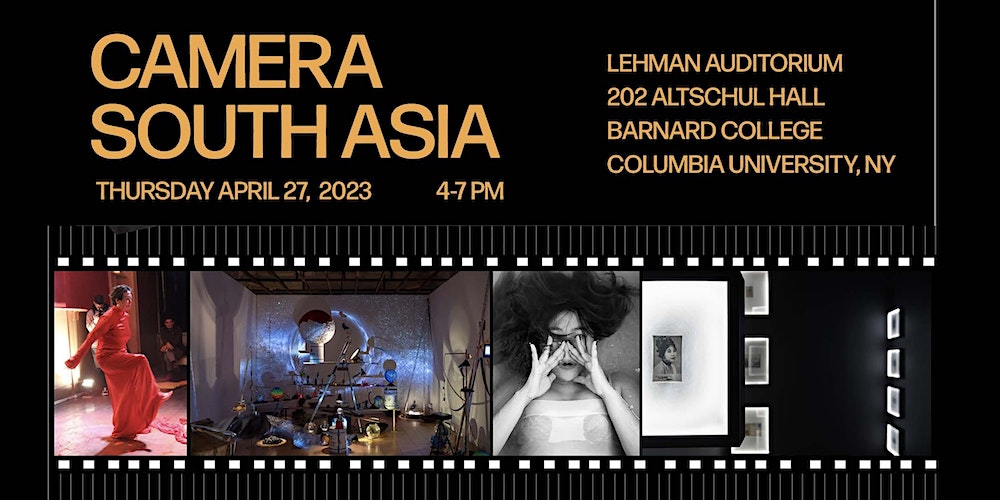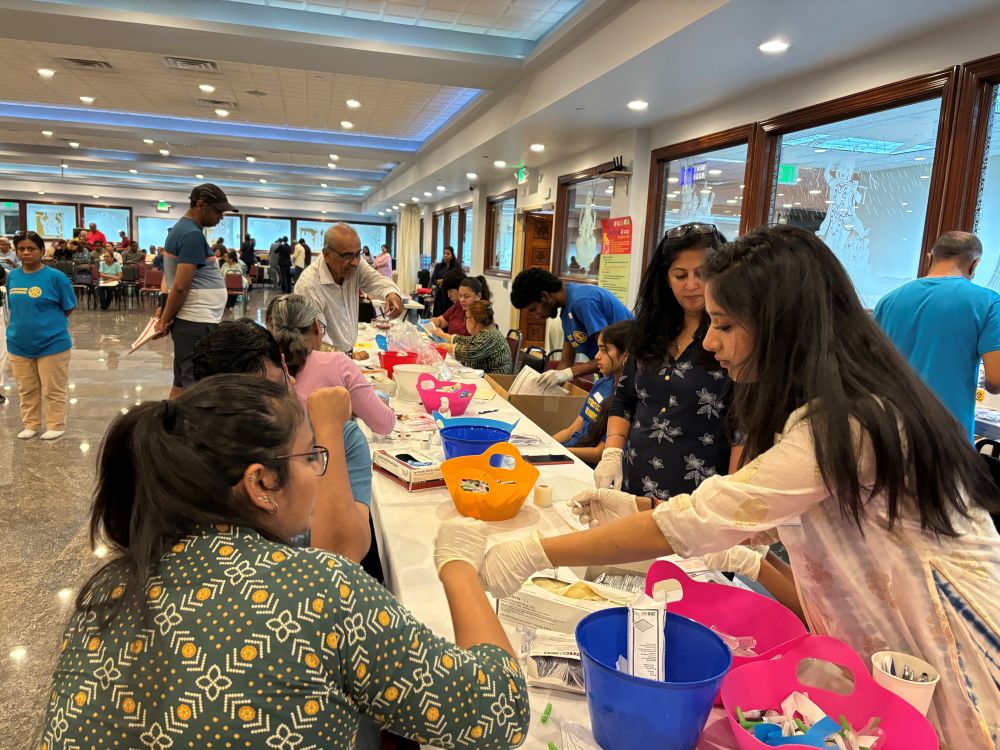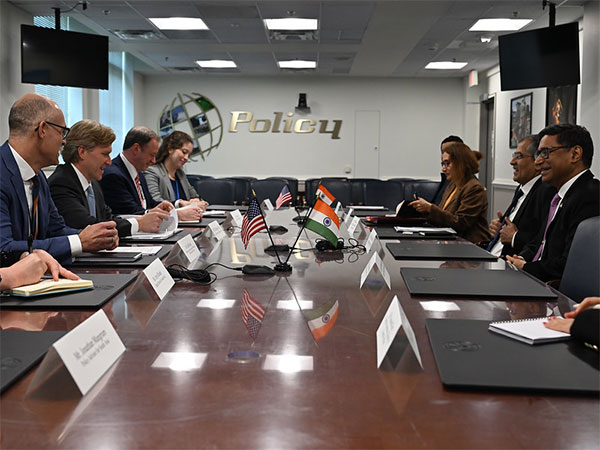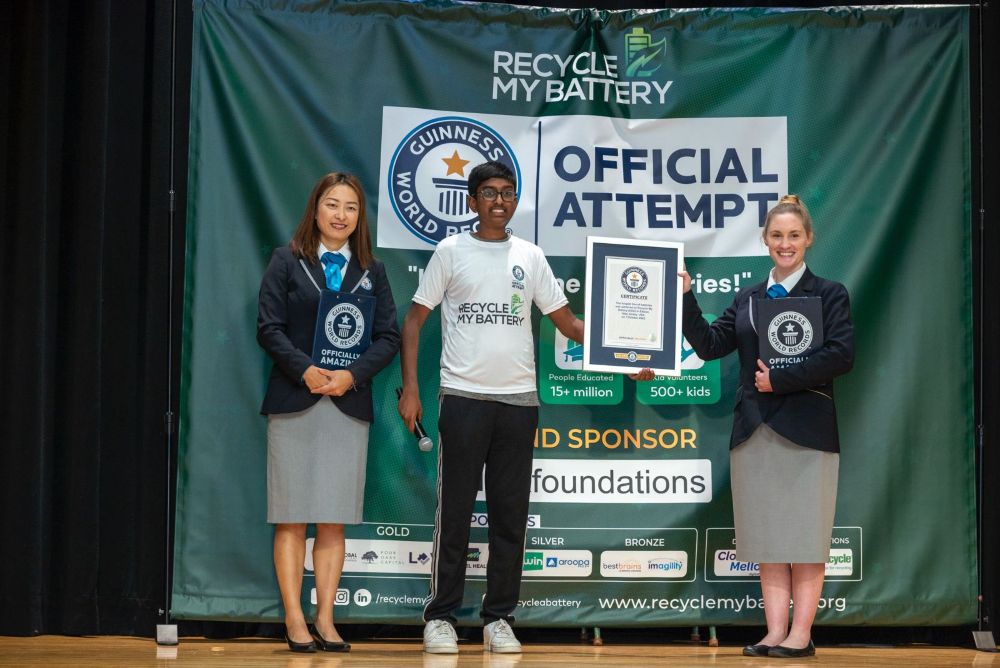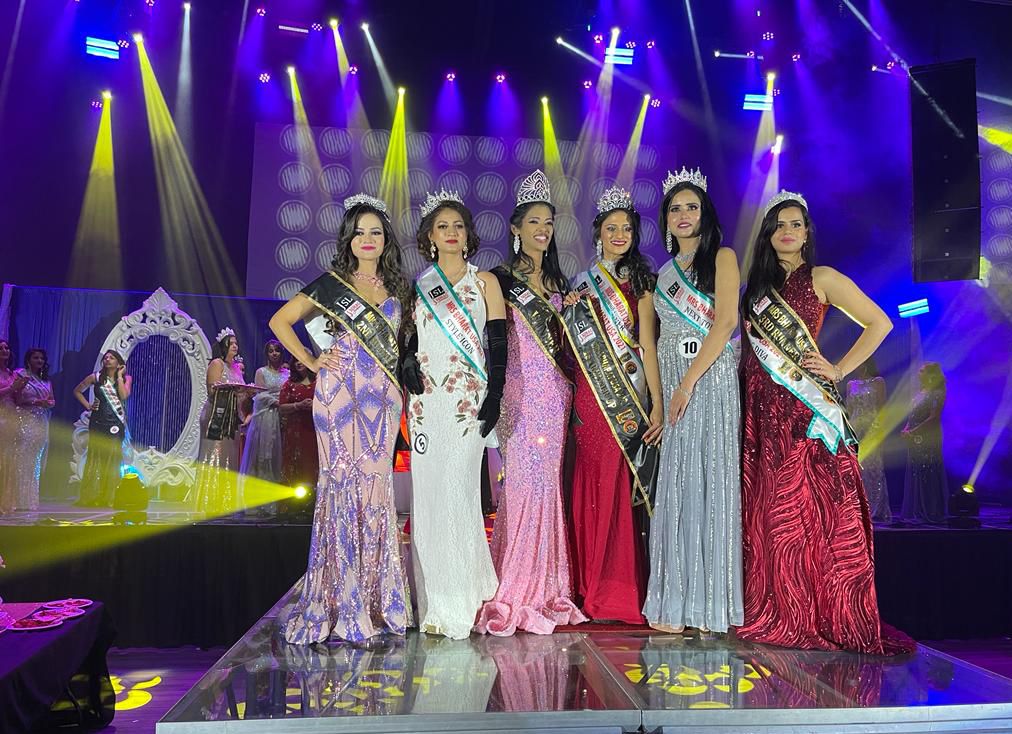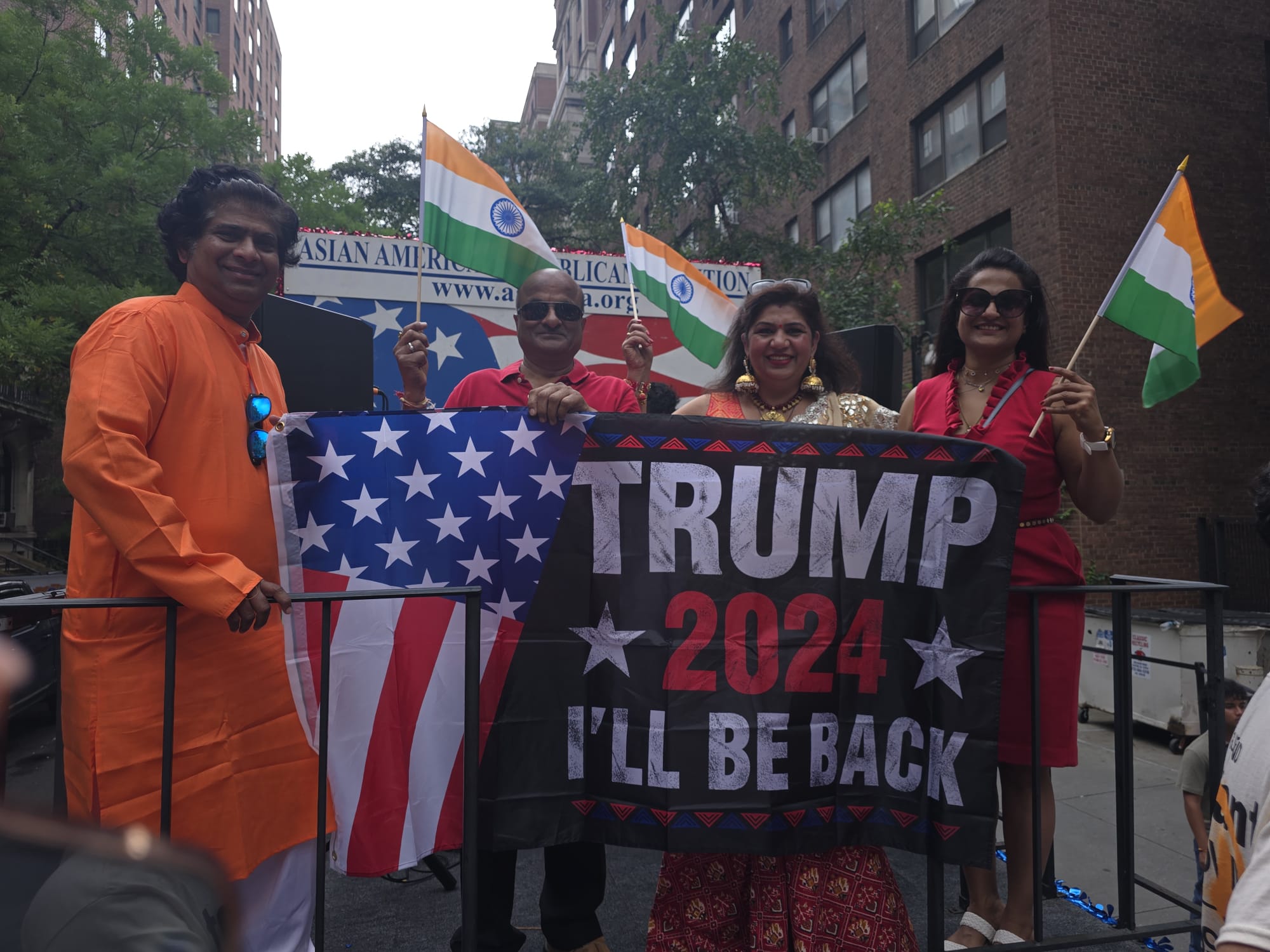Our Bureau
New York
Organized by the South Asia Institute and co-sponsored by The Society of Fellows and Heyman Center for the Humanities, Murthy Nayak Foundation, Barnard College, The Alkazi Collection of Photography, Mapin Publishing, Harper Design, the Columbia University Symposium to be held on April 27th, will celebrate the launch of two new anthologies on South Asian photography and cinema.
Unframed: Discovering Image Practices in South Asia (Alkazi Foundation for the Arts and HarperCollins Publishers India) and Bombay Talkies: An Unseen History of Indian Cinema (Alkazi Collection of Photography and Mapin Publishing), together provoke a new look at questions of artistic practice and its relations to collaborative world-making, knowledge production and archival memory. With reputed specialists from art production, pedagogy, curation and publishing, this symposium broadly questions what it might mean to identify as “South Asian” through revisiting and re-envisioning our art historical contexts, re-suturing our frayed common genealogies, and affirming our allied arts practices that at times converge across aesthetic platforms.
Bombay Talkies, launched previously at the Jaipur Literature Festival in Delhi in January 2023, presents rare behind-the-scenes photographs from the personal archive of the cinematographer Josef Wirsching who moved from Munich to Bombay during the Nazi takeover of film studios in Germany. As a specific genre, the “behind-the-scenes” photo expands the limits of the film frame by showing us that which lay just outside, adjacent to, and beyond the movie camera. Shot primarily on a Leica camera, and lovingly preserved by Wirsching’s grandsons, Georg and Josef (Jr.), these images not only unsettle the boundaries between film and photography, Indian and foreign, but also give us rare access to the aesthetic decisions, creative communities, and cross-cultural exchanges that were vital to filmmaking in late colonial South Asia.
The Unframed, on the other hand, hopes to present the challenges of South Asian knowledge production drawn from images, and how they continually intensify, given the extent to which images may be productively and ethically produced in an era of volatile “post-truth” mass media/social media ethos. With an array of essays and interviews, the reader presents traditional and experimental practice/production, through deliberation, as well as through established and innovative scholarship, in order to reassess readings and understandings of “South Asia,” regardless of physical location.
















